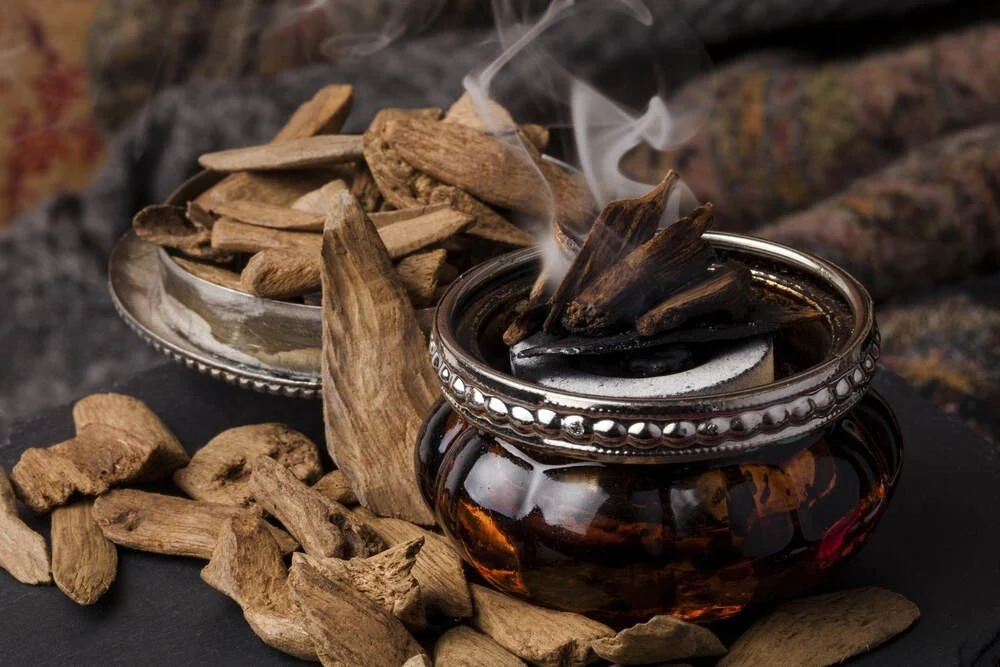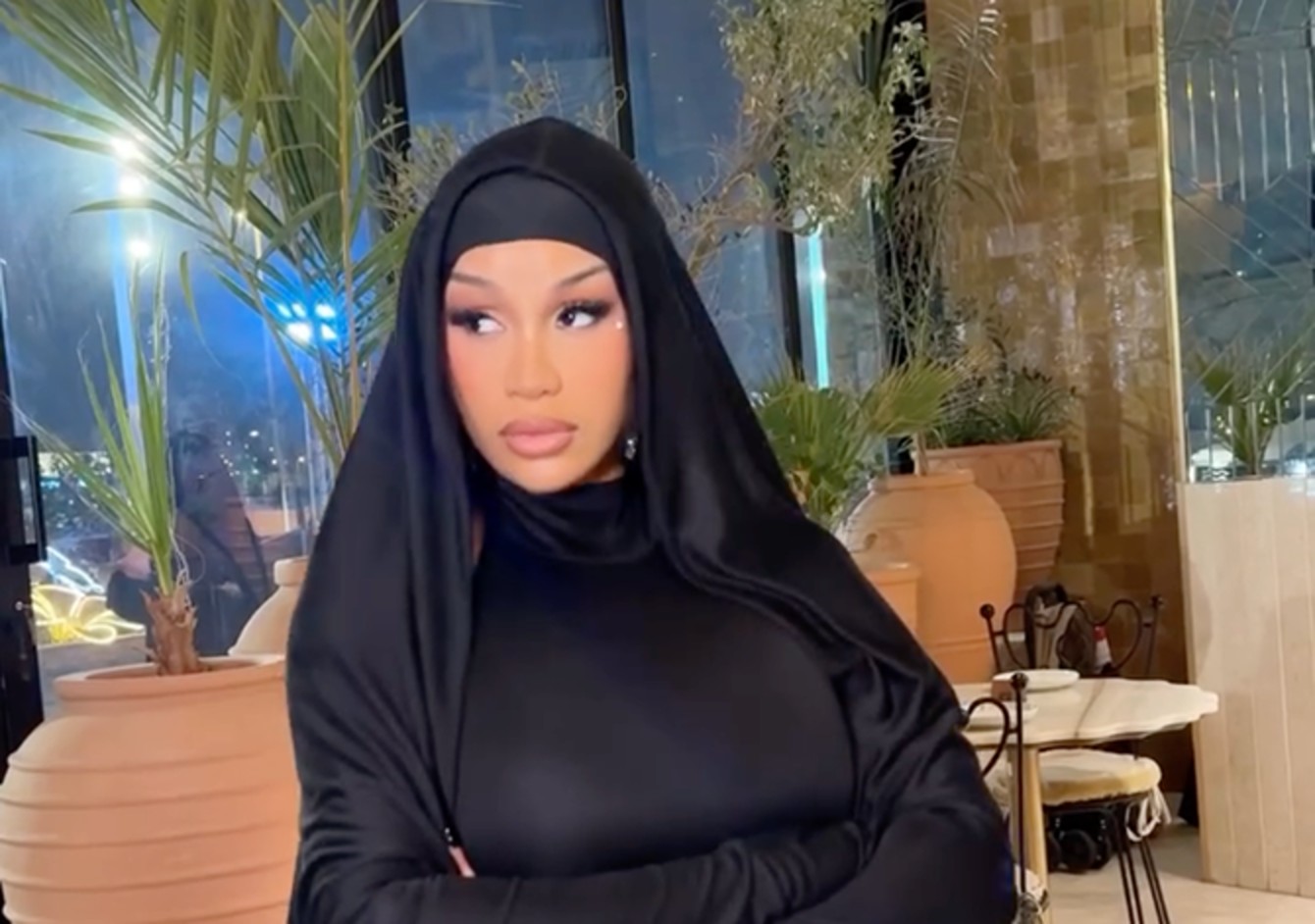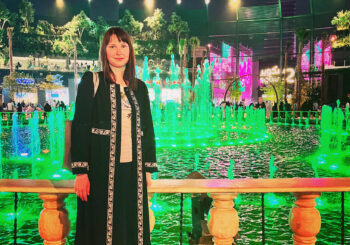In Saudi Arabia, fragrance is a deeply rooted cultural expression that goes beyond being a personal accessory – it reflects heritage and identity, enriching both private and communal life. Scents like oud, musk, amber, sandalwood, and rose oil are not just appreciated for their aromatic beauty, they are revered symbols of status, tradition, and spiritual purity.
The significance of fragrance in Saudi life begins with its sacred associations. The Prophet Muhammad’s use of perfume, especially oud, is well-documented in Islamic texts, and its application is considered sunnah, a recommended prophetic tradition. This spiritual association has carried into modern practice. It is customary for many Saudis to wear perfume before performing prayer, not merely to smell pleasant, but to symbolize inner and outer cleanliness.
During the holy month of Ramadan and on Fridays, the use of bakhoor, a blend of fragrant woodchips soaked in oils, is widespread. Its scent wafts through mosques and homes alike, creating a tranquil, reverent atmosphere.
Fragrance also plays a key role in the practice of hospitality, one of the most cherished social values in Saudi Arabia. When guests arrive, they are often welcomed with bakhoor or oud incense as a mark of respect. This aromatic gesture signifies warmth, honor, and generosity. It is not uncommon for hosts to pass around a mabkhara, a traditional incense burner, so guests can lightly perfume their clothes and hands. Offering perfume to guests is a shared experience that bridges conversation, strengthens bonds, and creates lasting impressions.
Fragrance creation and appreciation are often passed down through generations. Many Saudi families have unique perfume blends reserved for weddings, Eid, and other celebrations. These concentrated oils, sometimes custom-made by local perfumers, are part of the family’s cultural legacy. In places like Taif, the home of the legendary Taif rose, known for its uniquely rich, velvety scent and short blooming season, rose oil production is considered an artisanal heritage. The rose is hand-harvested at dawn in the cool mountain air, making its oil one of the most precious and labor-intensive in the world. Rosewater and rose oil derived from the Taif region are prized locally and globally and are used in everything from prayer rituals to skincare.
While traditional scents remain beloved, Saudi Arabia’s fragrance industry is evolving with global influences. A prime example is Laverne, a rising Saudi-based niche perfume house known for fusing classic Middle Eastern accords with modern sophistication. Its popular fragrance Blue Laverne has gone viral in the region for its fresh yet deeply layered scent, appealing to an international demographic seeking contemporary yet culturally grounded options. With collaborations with celebrities such as Georgina and Gabriel Macht, Laverne’s success reflects a wider trend: a booming fragrance market driven by consumer sophistication and a desire for luxury experiences.
The Saudi perfume market is projected to exceed USD 3.5 billion (EGP 180 billion) by 2033, growing at a robust rate of 7.5 percent annually. High demand for luxury goods, coupled with cultural attachment to perfume, fuels this steady growth. Despite high import costs, local and regional brands are thriving, blending heritage with innovation.
Ultimately, fragrance in Saudi Arabia is more than a scent, it is an heirloom, a ritual, a greeting, and a silent language passed down through centuries. From the sacred rituals of worship to the elegance of a dinner invitation, the presence of oud, rose, or amber is never just background, it is the heartbeat of Saudi culture.








Comments (0)